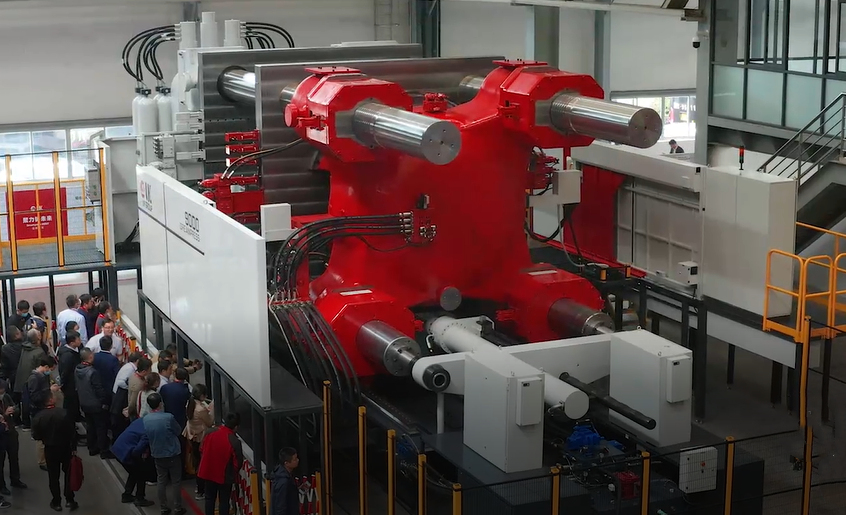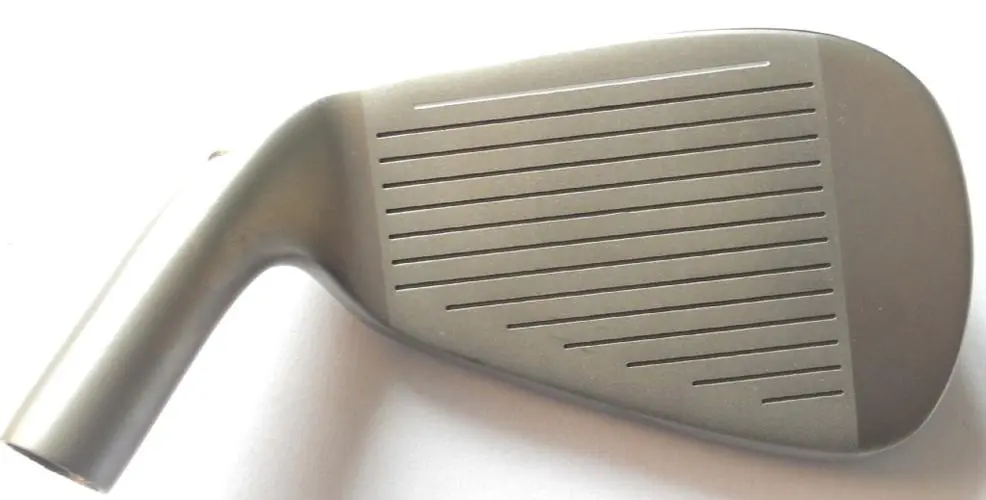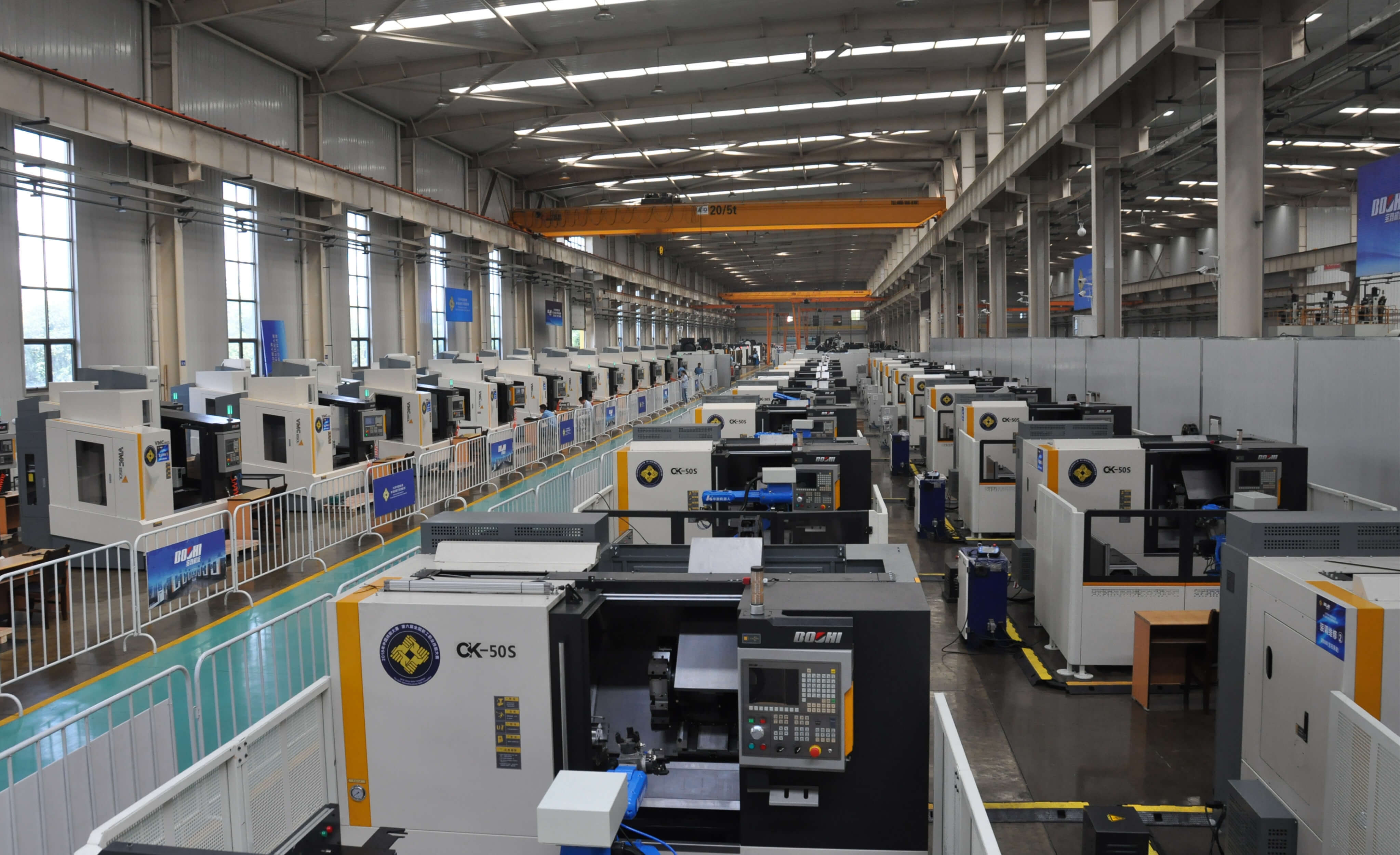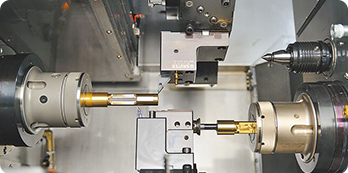Mill And Lathe Machine What’s the difference?
2024-6-1

There is some confusion concerning the differences between a mill and a lathe machine. Both machines are used in CNC machining, Computer Numerical Control and in several industries. However, the differences between them are significant.
What is Mill Machine?
The goal of Milling machine is to remove the excess materials from a product or part. To do this, rotary cutters are used to trim the piece. Mills can be customized to work in multiple directions, pressures, and speeds.
What is Lathe machine?
Lathe machine’s objective is to rotate a work tool, so that more customization can be done, namely cutting, sanding, drolling, turning and other variations. Lathes can also use a variety of other tools that can help precisely shape a new object.
Working Methods of Both CNC Machines
Mills get rid of excess material by feeding the work tool into a cutting tool. The tools can have many blades or just one sharp end. Mills are also taller than lathes, but short enough to fit in a small space.
Lathes are not as tall but larger overall, and look more like a full work bench. There are multiple parts of a lathe besides blades, such as a bed, carriage, faceplace, headstock, and tailstock. These parts help to rotate the product, as it turns against a blade.
Variations of the Machines
Lathes usually involve one large blade and not several. The lathe doesn’t move but the product rotates, as the material is cut off. Because mills have multiple blades they can grind away material using various work tools. It’s the basic difference between cutting material against a stationary machine (lathe) or a stationary tool that cuts products by sharp rotating blades.
There are face mills and peripheral mills. Face mills can be customized to cut around the exterior of the blade, but peripheral mills cut across the whole circle of the tool. Mills can also be aligned vertically or horizontally, (with the tool inside the mill), CNC operated, or special designs like turret, gang, or bed mills, which alter the movement of the rotating pieces.
Lathes can also be engine-operated, CNC, precision grinder, vertically aligned, tabletop designed, and made for screw cutting.
Available Material
Lathes are ideal for woodworking and metalworking. The power of the mounted workpiece and single blade cutter can remove almost any material. However, lathes can also work with pottery, glass, plastics, and other less industrial materials. Mills can process tougher material over all, including most metals, as well as hard plastics, fiberglass, acetal, nylon, PVC, and so on.
Cutting Method
While both types of machines do similar tasks, there are still variations in the method of cutting. Mills don’t have a rotating workpiece, but a rotating axis. This means the tool can approach the product in a variety of ways, and actually shape more complex designs. Mills are ideal for projects requiring a versatile approach.
The harder the shape, the more styles required, the better choice is a mill. But to say that lathes are for “simple tasks only” would not be entirely true. Lathes are actually better for making certain shapes, like circular shapes, because of high performance. Mills trying to cut cylinder-shaped prisms may be too needlessly complicated.







